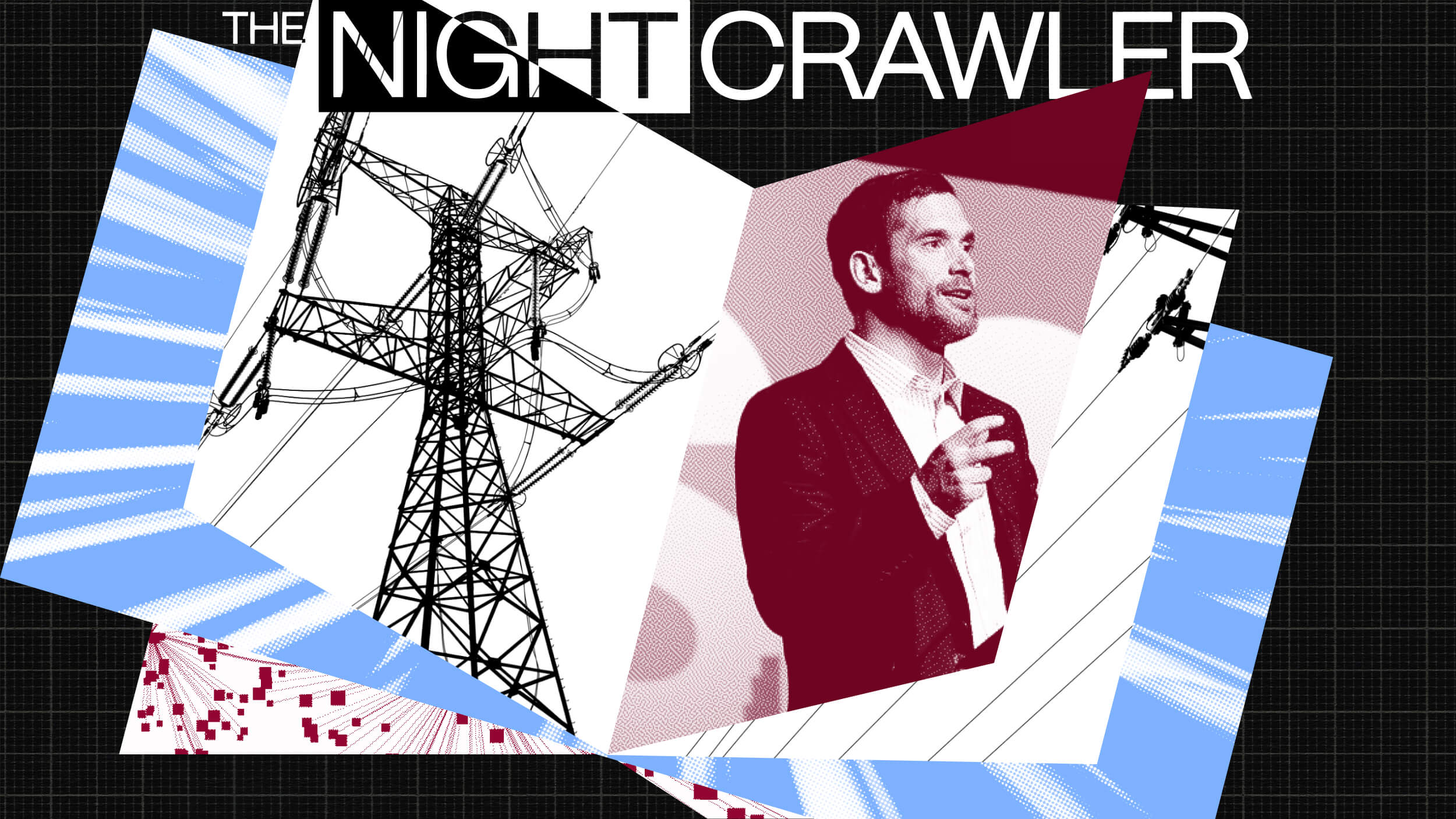Kindergarten Coders and the New Toy Tablets

When we look back at 2012 years from now, the biggest tech launch of the fall season will not be the new Apple iPhone 5 – it will be the new 7-inch toy tablet from Toys”R”Us that promises to bring digital education to the kindergarten and pre-school masses. Just like similar tablets for the adult market, this new toy tablet – the Tabeo – comes packed with pre-loaded apps, access to over 7,000 free educational apps for download and lots of features for the tiniest members of the future digerati – like a built-in camera and Wi-Fi connectivity. Since the new Tabeo is being targeted to the 3-to-10 year-old demographic, it means that the same concerned parents who once went all-in on Baby Einstein and Baby Mozart will now have another way to give their kids an educational head start.
Toys”R”Us has already selected the Tabeo as one of its hot holiday toys for 2012 – and it’s no surprise why. Two years after Steve Jobs first introduced the iPad, the numbers are finally starting to roll in on how kids are using tablets. According to Mashable, there are now 20,000 apps for kids in the iTunes store, and nearly 80% of the learning apps out there specifically target kids. If, at first, tablets were primarily used by teenagers and tweens, it now appears that pre-schoolers and kindergartners are now embracing tablets at record rates. As these tablets increasingly become a fixture within schools themselves, these numbers will only increase. Consider that 39% of all kids age 2-4 and 52% of all kids age 5-8 have used tablets. In tablet-owning households with children under the age of 12, 70% of those children have used a tablet or similar digital device.
For people who think in terms of education and its impact on future American economic competitiveness, the introduction of tablets to the kindergarten crowd sounds like a phenomenal opportunity to assert the leading role of American innovation. Using tablets like the Tabeo (or the iPad or the LeapFrog LeapPad 2), U.S. educators will finally be able to bring digital technology into the classroom and expose kindergartners – both boys and girls – to the joys of computing at an early age. Presumably, a good number of the 20,000 educational apps out there will teach kids things like Mandarin Chinese and robotics and artificial intelligence, thereby preparing them for the future. At $149.99, the introductory price point for the Tabeo is just inviting enough for parents who are already plunking down $45 for a new pair of shoes for their young ones every few months.
However, let’s take a step back for a second. Are tablets and an app-centric, media-centric education really the future path that we want to take for our kids’ education?
Since we’re already linking education to future innovation and economic competitiveness, consider what Estonia is doing to prepare for the future. Instead of just handing out tablets with pre-loaded apps, the country has become the first in the world to implement a mandatory education in computer programming for all first-graders. The goal is for kids to become developers of technology, rather than just mindless consumers of technology. Rather than relying on toy tablets for the “consumption” of education and the “gamification” of education, the Estonian focus is more on using the tablets as a way to stimulate active knowledge of how technology works. They view programming and a core knowledge of computer science as an important skill to ensure future national competitiveness.
In many ways, we are at an inflection point in the future path of education. Technology has opened so many doors, including the new generation of massive open online courses (MOOCs) and the “flipped classroom,” that we sometimes don’t consider that how we teach is just as important as what we teach. At a time when Apple is becoming more integrated than ever within the educational system through its textbook publishing and iTunes U initiatives, we can look for other tech players also to ratchet up their involvement within the educational sector, probably through devices such as tablets. For example, it’s hard to imagine Google standing by idly with its Android tablets while Apple wins over the hearts and minds of our kids with its iPads.
Tablets can obviously play a key role in improving both the accessibility and effectiveness of education – but we need to ensure that the children of the next generation don’t just view education as something to be passively consumed, the same way they might consume games or music or video. Think about tiny Estonia. Better to have our kids become Script Kiddies and Kindergarten Coders, with a solid understanding of how the underlying technology actually works.
image: Happy Child With Tablet Computer / Shutterstock





